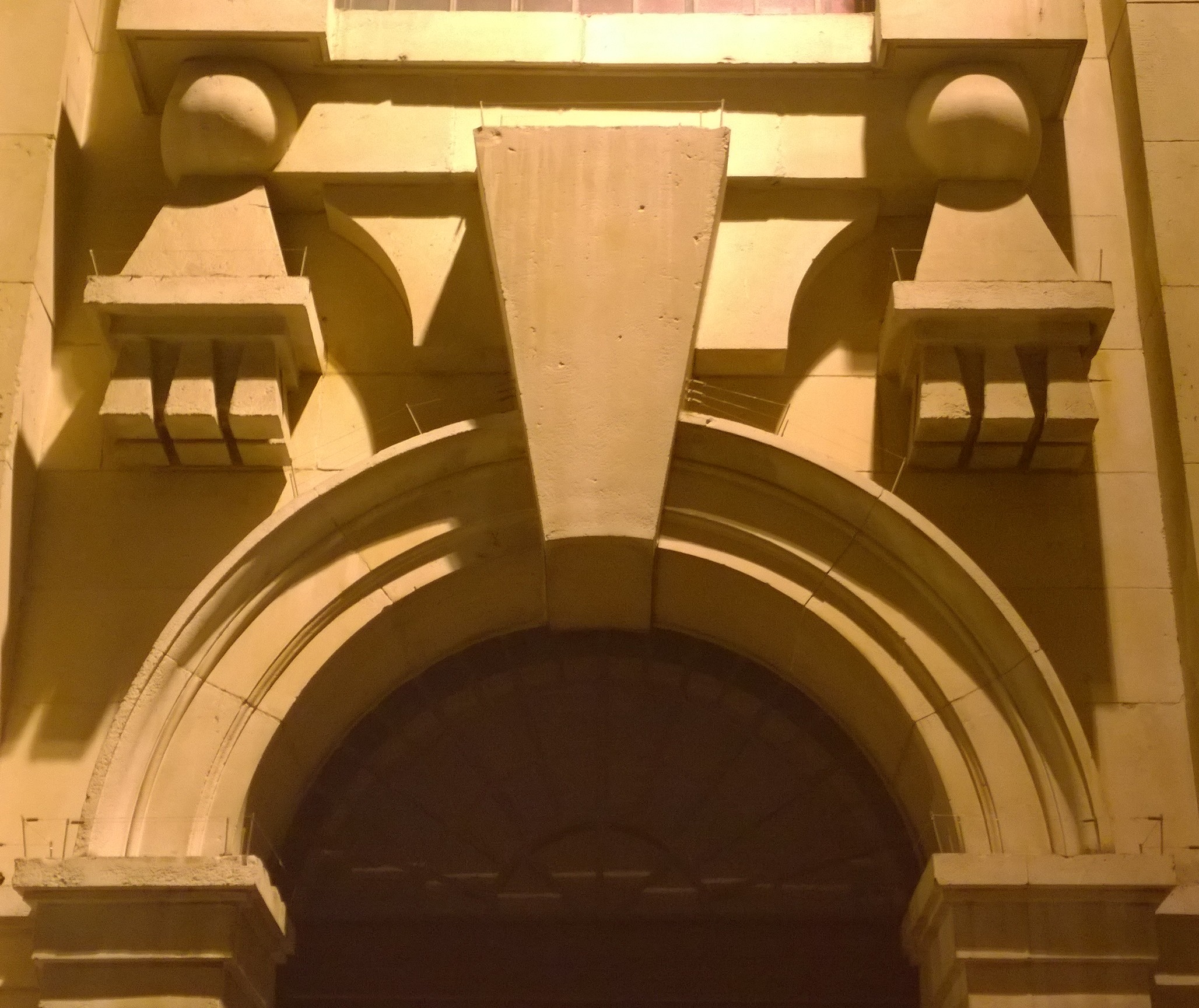John Taverner: Missa Corona spinea
The Tallis Scholars, Peter Phillips
Gimell Records CDGIM046. 62’07
 John Taverner: Missa Corona spinea, Dum transisset Sabbatum I and II
John Taverner: Missa Corona spinea, Dum transisset Sabbatum I and II
It is very tempting, and indeed, very enjoyable, to let Renaissance vocal music just waft over you as a seemingly amorphous wave of music, ebbing and flowing like the tide. You can do this with this CD of Taverner’s extraordinary Missa Corona spinea, but from the very start you will realise that this is something very different. Just three notes in (after a rather curious 12 second pause at the start of the first track), the Treble line (sung by a pair of sopranos) soars up to a high B flat. From then on, this Treble line has very little chance to relax, and always seems to be attracted to this high note. This expansive vocal range is a feature of all the movements, and it grabs the attention. For example, in the Credo the Et expecto section starts with two bass lines before the treble enters two and a half octaves above them – the final cadence has a four octave span from top to bottom. The use of a double bass line is also unusual. And if you ever wondered what a Gimell was, there are two examples here, where the Trebles divide into two parts (track 7), later doing the same together another divided part (track 10) to form a double Gimell. This Mass was clearly intended for a special occasion and includes some remarkable features. Continue reading →



 The Tallis Scholars add to their list of ten CDs of Josquin Masses with this recording of two fascinating, if slightly curious examples. Neither of them are definitively acknowledged to be by Josquin. But if they are, as Peter Phillips argues in his programme note, they are likely to be early works, the Missa Di dadi perhaps being a precursor of the later Missa Pange lingua. And they are both fascinating pieces, not just for the music but for the background to their composition. As their titles suggest they involve gambling, the throw of the dice, and the seduction of a young lady from Biscay.
The Tallis Scholars add to their list of ten CDs of Josquin Masses with this recording of two fascinating, if slightly curious examples. Neither of them are definitively acknowledged to be by Josquin. But if they are, as Peter Phillips argues in his programme note, they are likely to be early works, the Missa Di dadi perhaps being a precursor of the later Missa Pange lingua. And they are both fascinating pieces, not just for the music but for the background to their composition. As their titles suggest they involve gambling, the throw of the dice, and the seduction of a young lady from Biscay. After a short tour in The Netherlands, the Tallis Scholars brought their programme of music by Thomas Tallis, Arvo Pärt and John Sheppard to St John’s, Smith Square as part of the SJSS 30th annual Christmas festival. Tallis’s Missa Puer natus est nobis (based on the introit for the Mass of Christmas Day) were threaded through the programme, but it opened with Arvo Pärt’s 1988 Sieben Magnificat Antiphonen and 1989 Magnificat in recognition of Pärt’s 80th anniversary.
After a short tour in The Netherlands, the Tallis Scholars brought their programme of music by Thomas Tallis, Arvo Pärt and John Sheppard to St John’s, Smith Square as part of the SJSS 30th annual Christmas festival. Tallis’s Missa Puer natus est nobis (based on the introit for the Mass of Christmas Day) were threaded through the programme, but it opened with Arvo Pärt’s 1988 Sieben Magnificat Antiphonen and 1989 Magnificat in recognition of Pärt’s 80th anniversary.  John Taverner: Missa Corona spinea, Dum transisset Sabbatum I and II
John Taverner: Missa Corona spinea, Dum transisset Sabbatum I and II